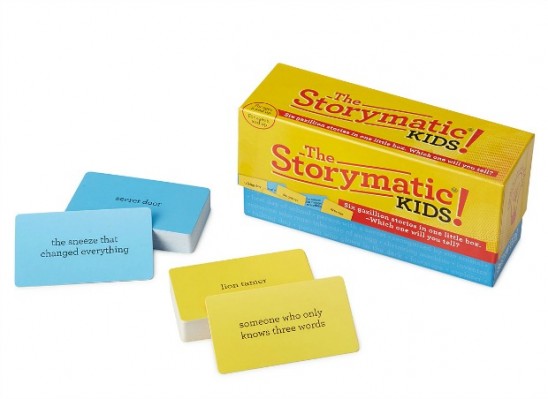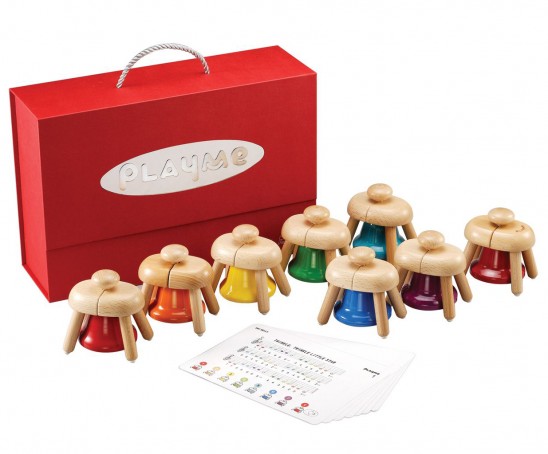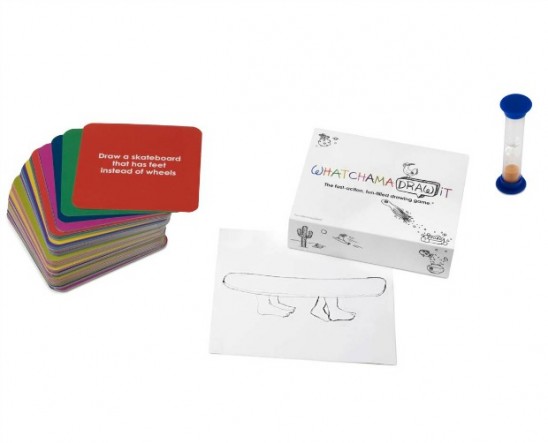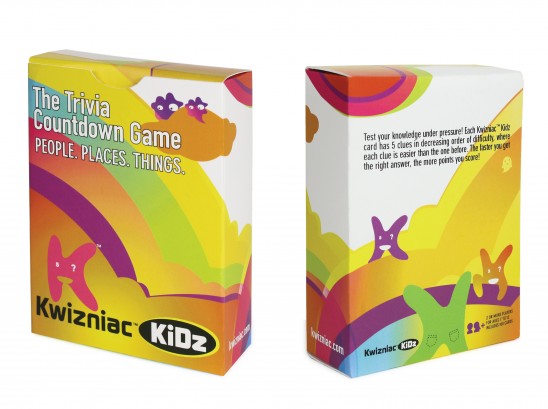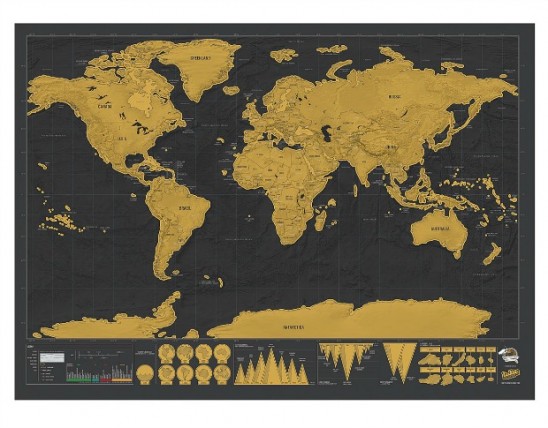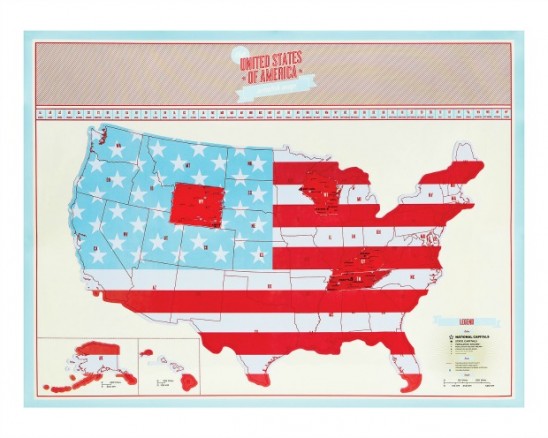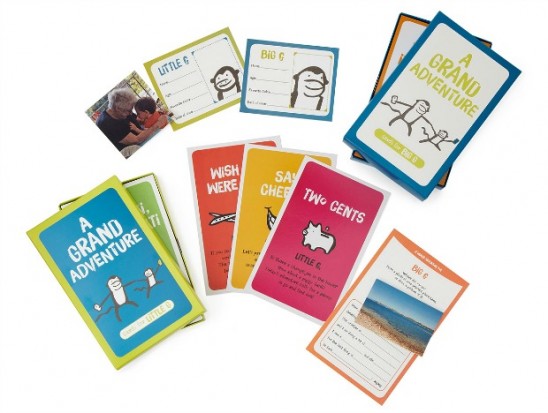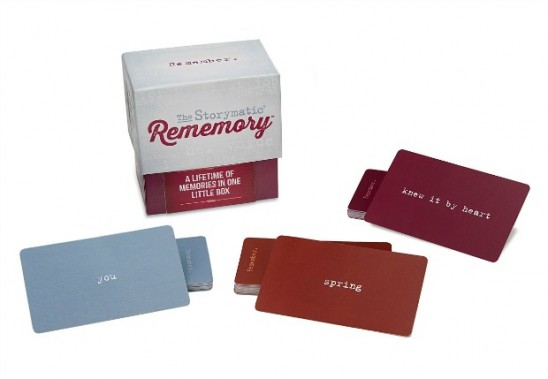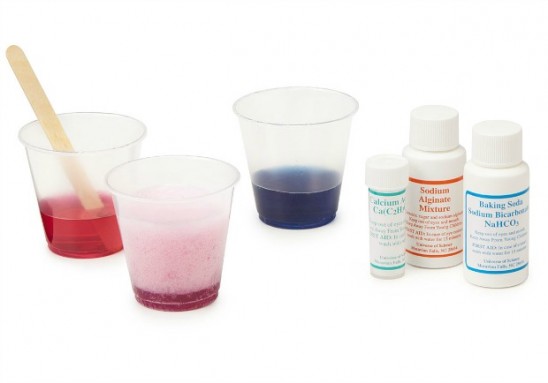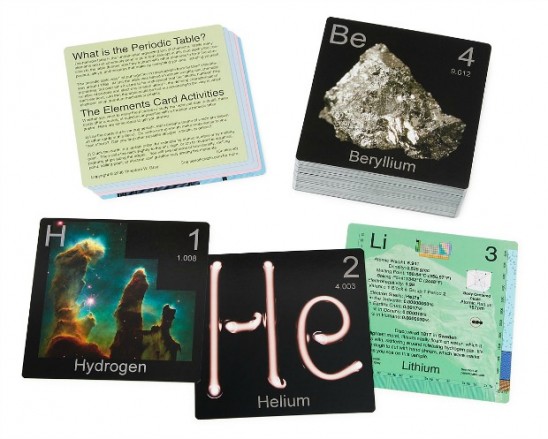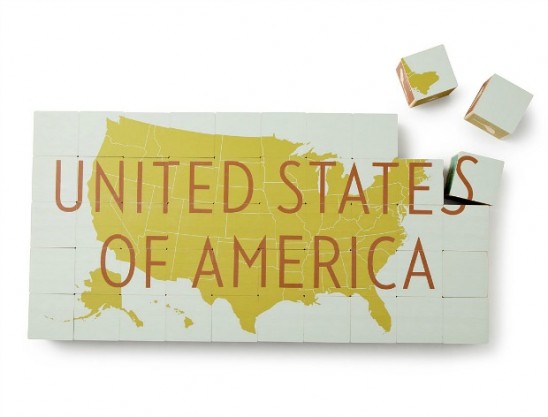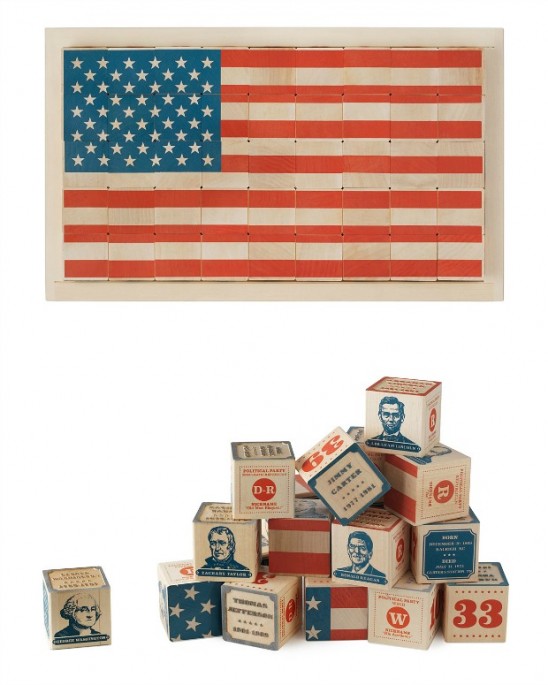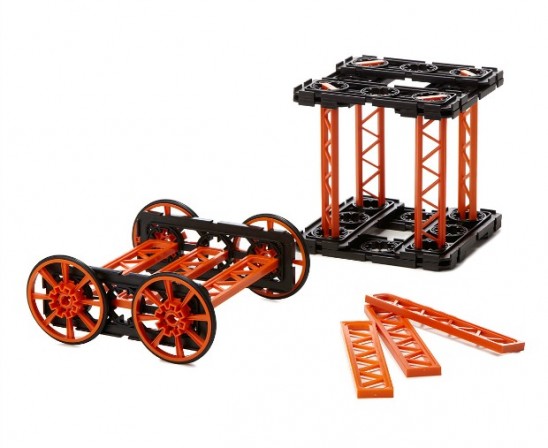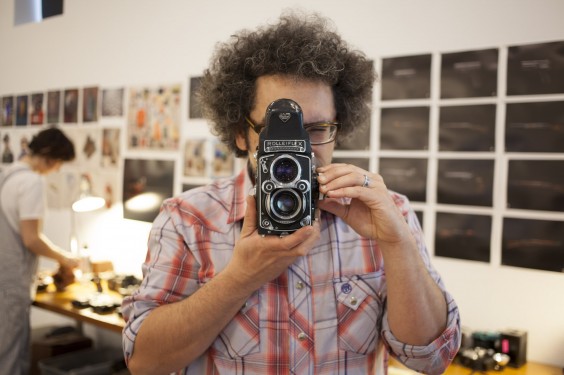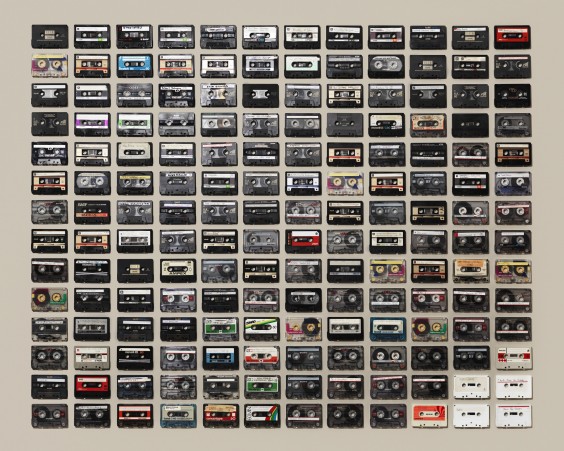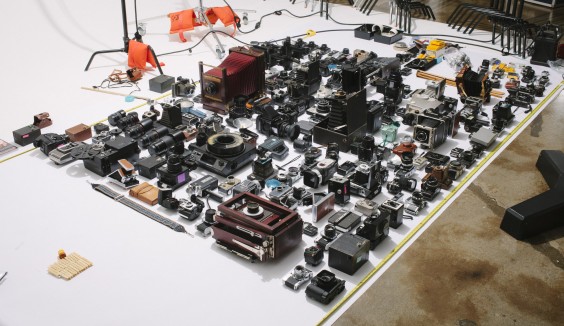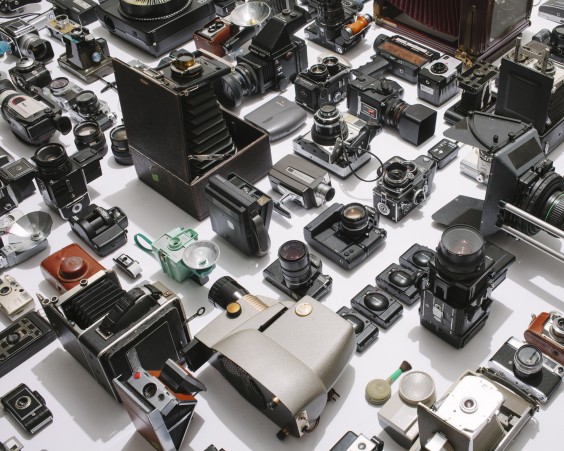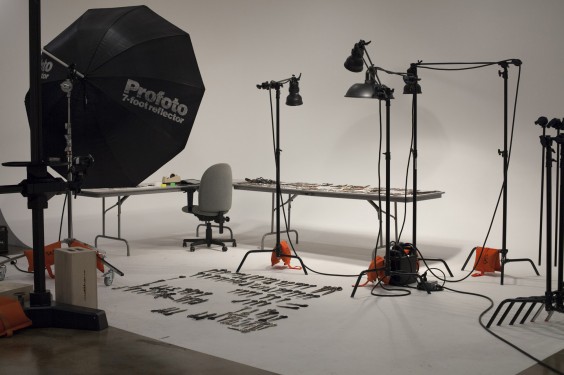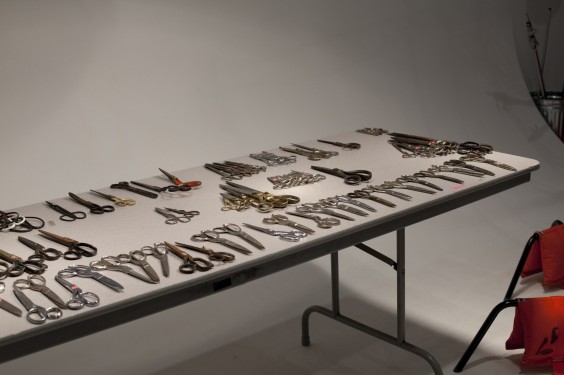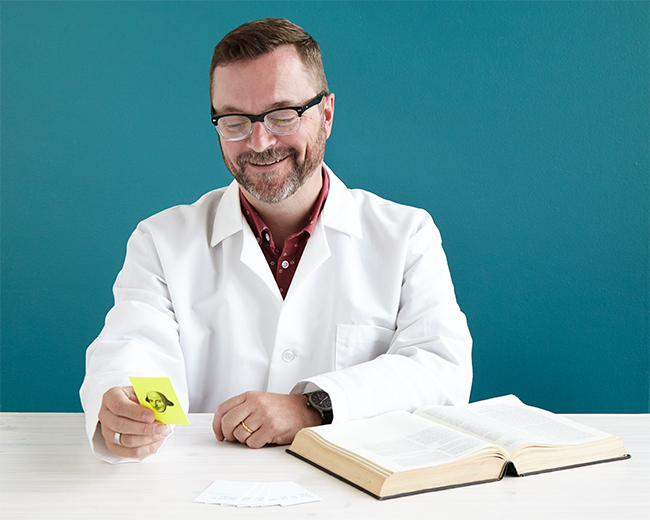
Our copywriter, Eric, checks out some Shakespeare silliness.
There are more things in heaven and earth…than are dreamt of in your philosophy
Having played a certain infamous, misanthropic card game a few times, I was curious about whether our Shakespearean version—Bards Dispense Profanity (BDP)—would provide a similar level of smutty, giggle-inducing fun. Or would it be a tedious, highbrow take on a very lowbrow phenomenon? Only one way to find out.
This report is inspired by our long-running Gift Lab series, but I took some poetic license with the scientific method. After all, Will would want it that way.
Now, once more unto the breach, dear friends, once more!

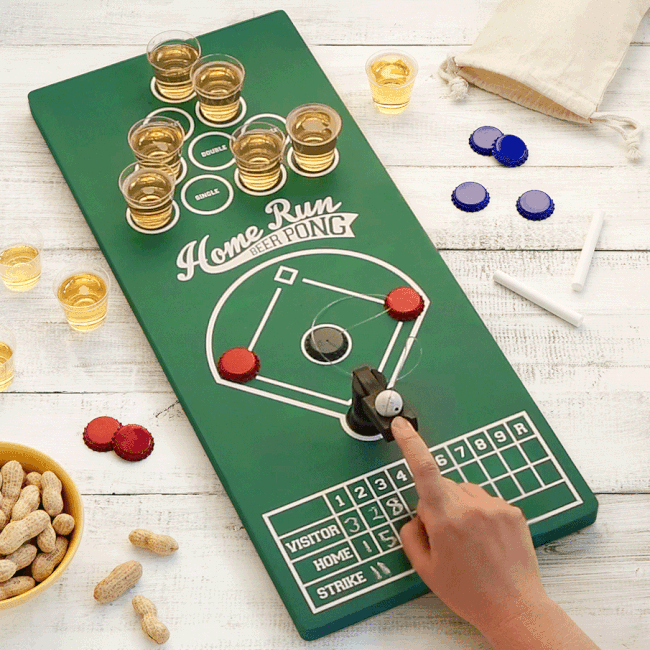
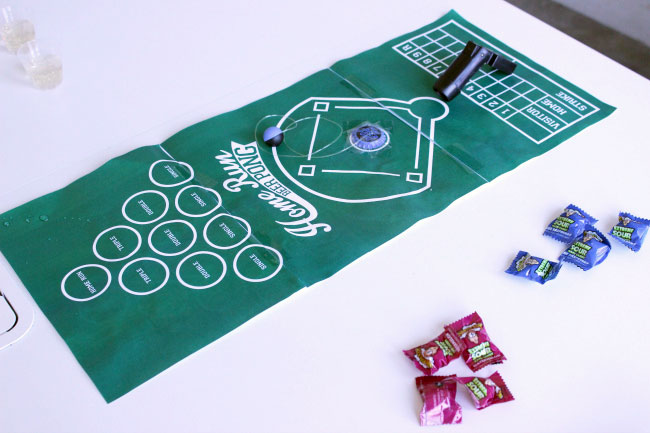
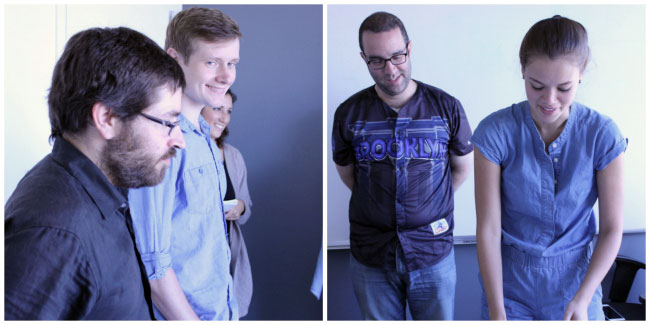
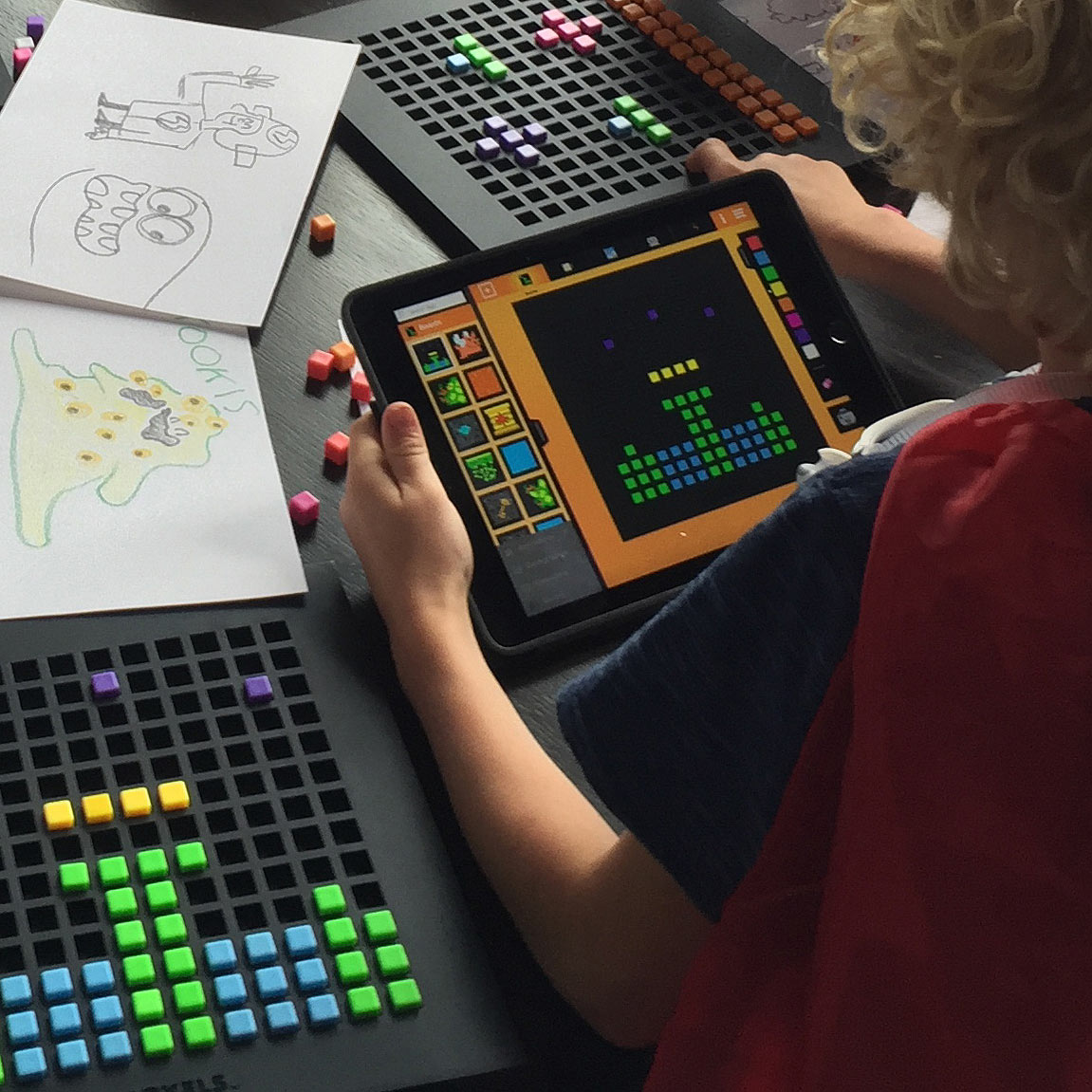
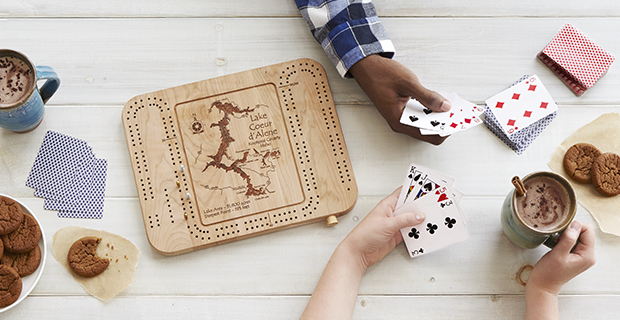

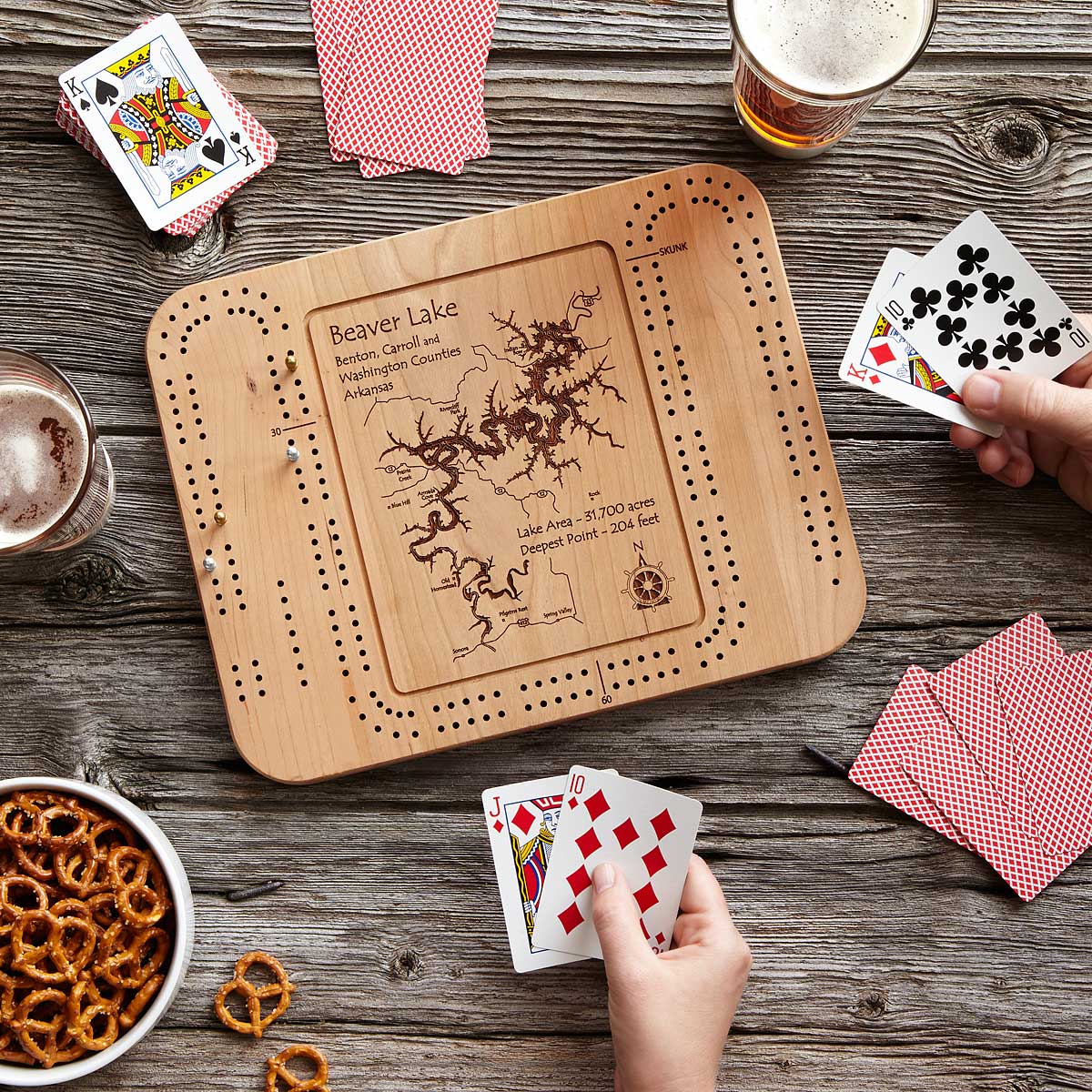

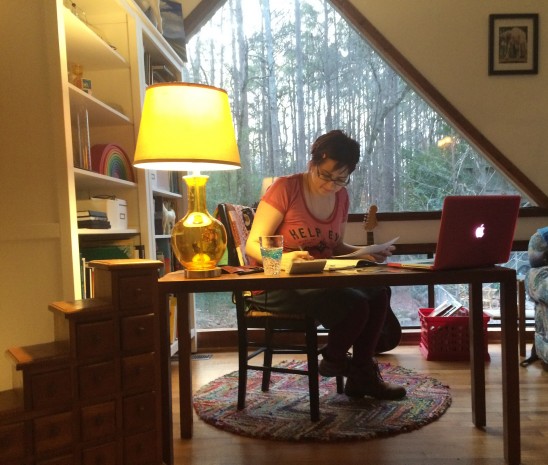
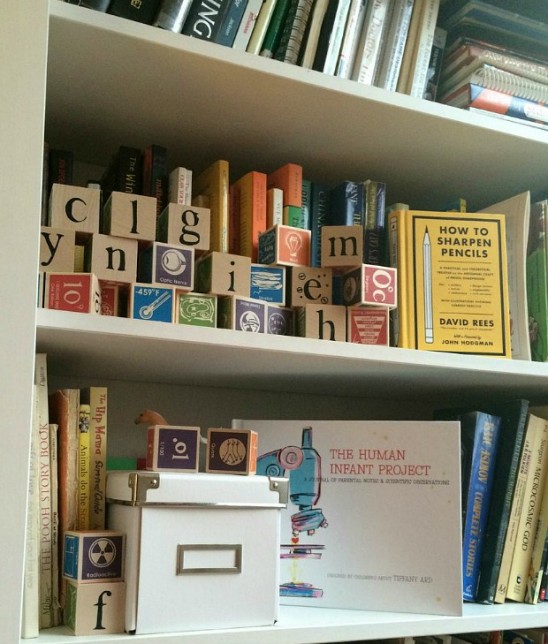
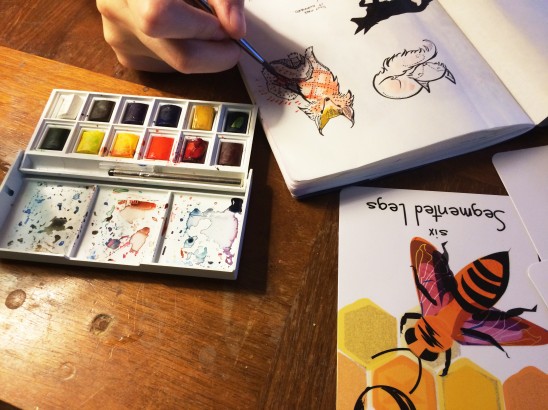
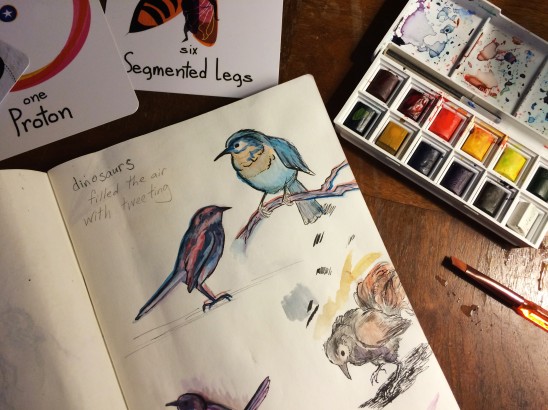
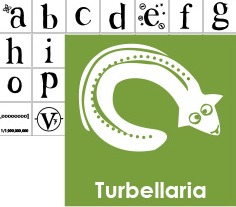
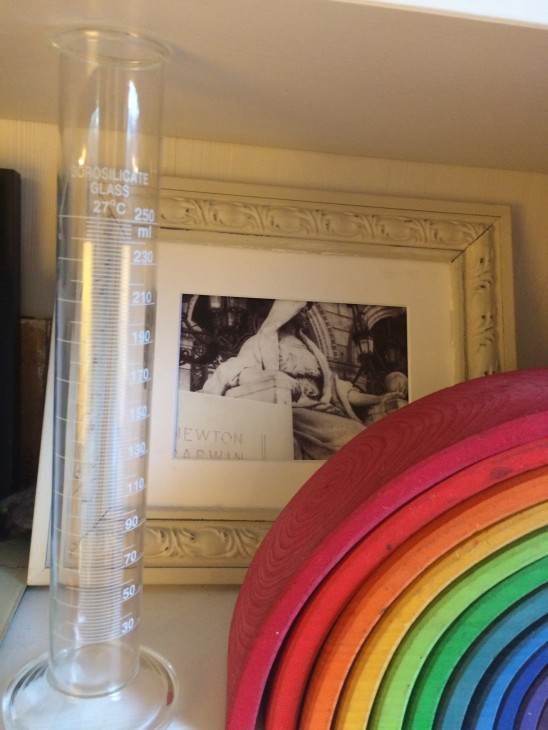
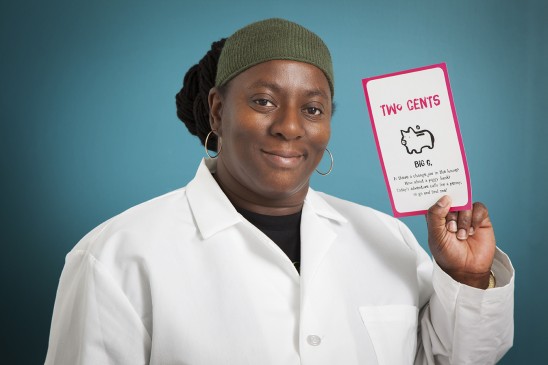

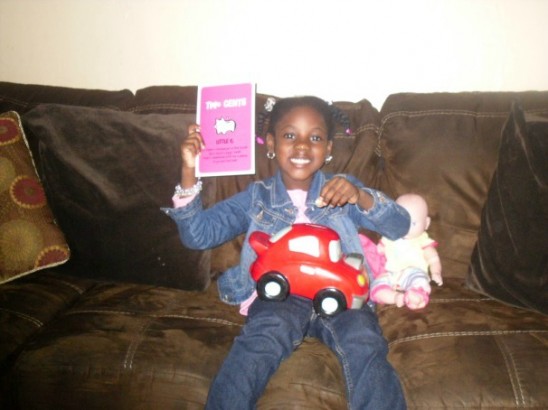
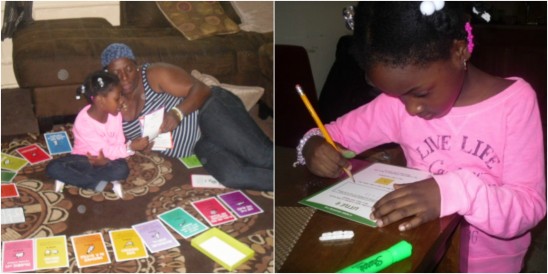
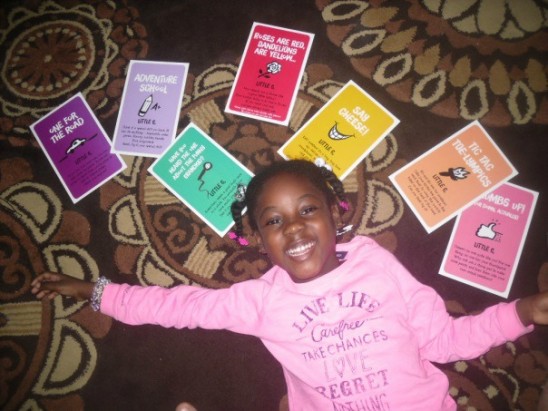
 Did you ever dream of growing up to become an astronaut, world-renowned artist, or president? Chances are, the kids on your holiday list are filled with the same big ambitions and want to absorb all of the knowledge they can along the way to adulthood. Keep those young, audacious spirits excited about learning the wonders of the world with these gifts that encourage creativity and make education fun.
Did you ever dream of growing up to become an astronaut, world-renowned artist, or president? Chances are, the kids on your holiday list are filled with the same big ambitions and want to absorb all of the knowledge they can along the way to adulthood. Keep those young, audacious spirits excited about learning the wonders of the world with these gifts that encourage creativity and make education fun.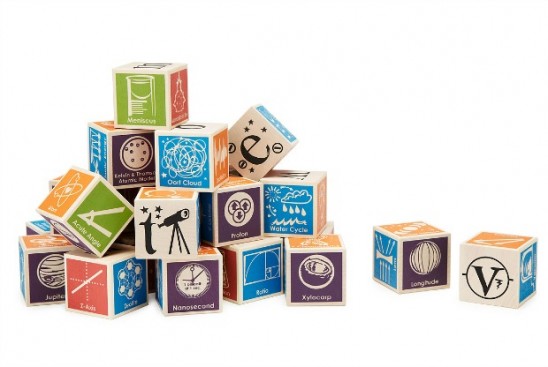
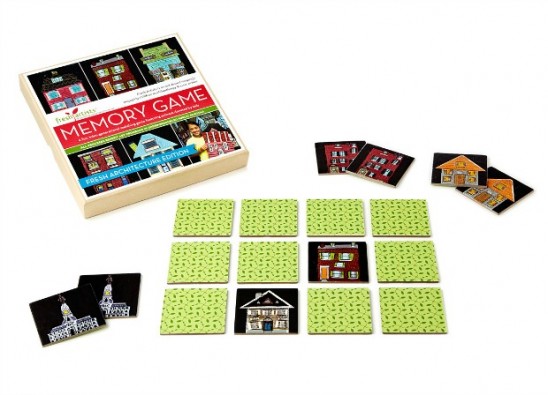 2. This update to the classic game of memory won’t soon be forgotten. |
2. This update to the classic game of memory won’t soon be forgotten. | 